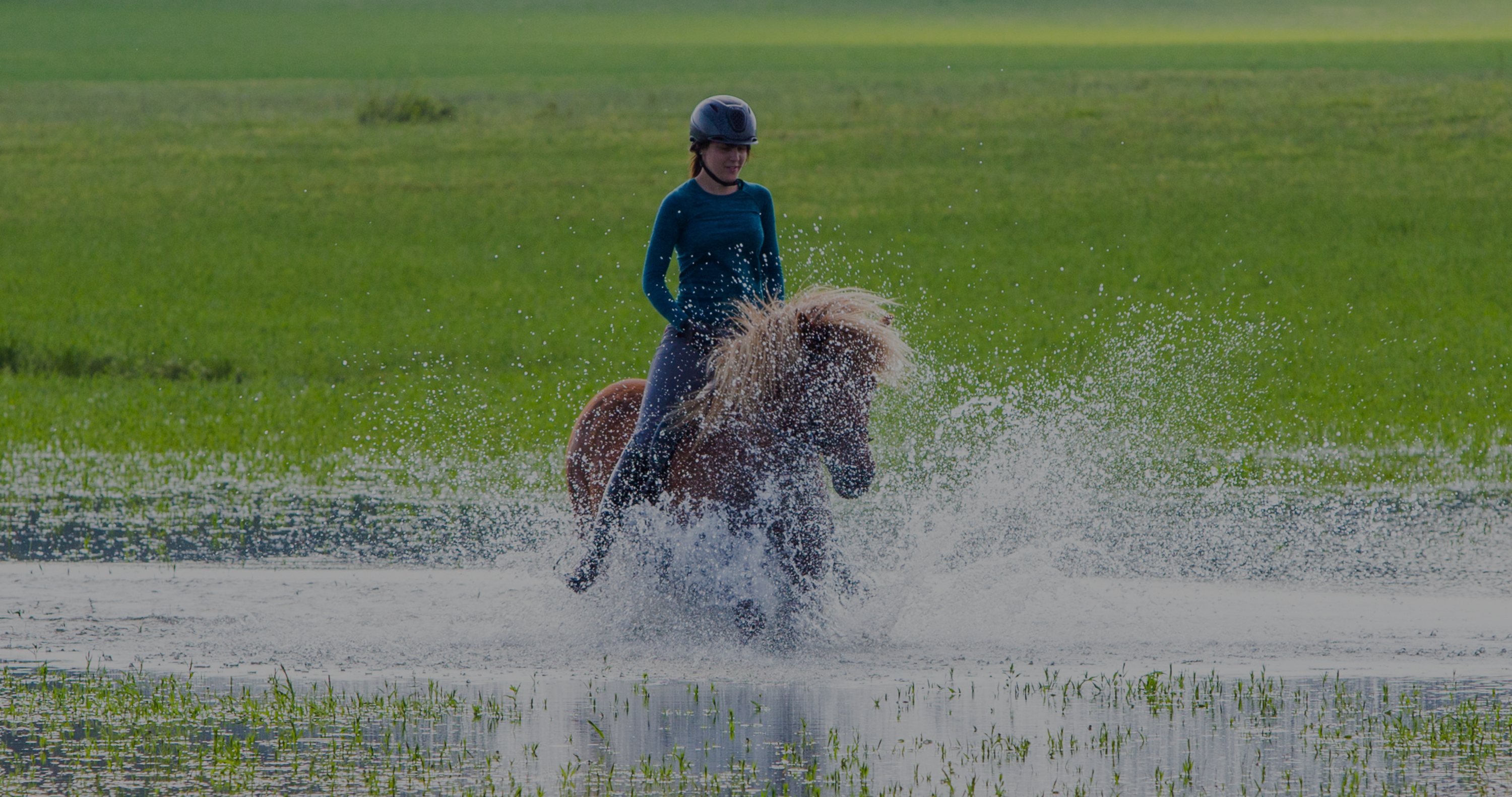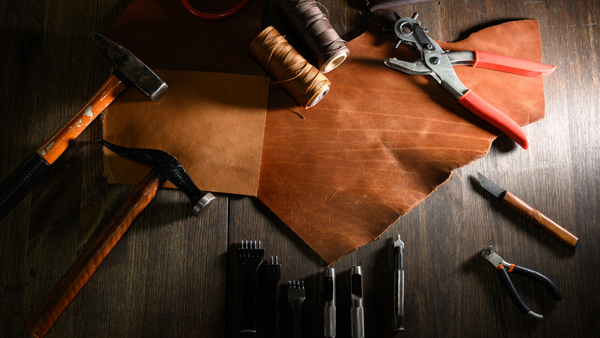Leather is just processed animal hide, and all the cows that I know don’t melt when they get wet. So, why is it that you’re not supposed to ride in a nice leather saddle in the rain? Wet saddles, bridles, and all sorts of leather horse tack can become brittle, discolored, and may even grow mold or mildew if it’s stored incorrectly after getting wet. If you don’t follow the proper horse tack care protocol after it gets wet, it may even have to be replaced.
The Science Behind What Happens to Leather When Wet
Properly cared for leather is well-moisturized and contains natural oils from the animal, as well as whatever oils are in the tack cleaners and conditioners you use. Maintaining the right balance of moisture in the leather is crucial to keeping it supple, soft, and to maintain its longevity.
When you ride in the rain and your saddle gets wet, the permeable leather readily absorbs the excess moisture. The immediate impact of this may include staining and discoloration of the leather, but the real issues set in when the moisture evaporates. The water molecules bond with the oil in the leather. When the water evaporates, the oils go with it. This leaves your saddle dry, stiff, brittle, and prone to cracking.
Horse tack that has gotten wet and is allowed to dry without proper horse tack care isn’t just unsightly– it’s also unsafe. Imagine if you rode through wet footing or crossed water on a trail ride. Your leather girth would become soaked with moisture. Without thinking, you throw it in the tack room and allow it to dry by itself. The next time you ride, you strap it onto your horse like you’ve done so many times before. Your ride is going beautifully, until – SNAP. Your girth billet has torn through.
In real life, it would probably take multiple rides before your girth tore, however, every time you expose leather horse tack to water and don’t care for it properly, you make this scenario more likely to happen.
Signs Your Leather is Too Far Gone to Rescue
Are you guilty of abusing your horse tack? While leather tack that has gotten wet can most often be rescued with the right products and horse tack care protocol, there are times where it’s too late and the tack will need to be replaced. Signs your leather is too far gone to rescue include cracks in the surface of the leather and brittle or dry-rotted leather. If cracks appear when you bend the leather, it’s too far gone to be rehabilitated, no matter how much oil or conditioner you apply.
Get in the habit of performing a safety check on your leather before you ride. Look at all areas that are regularly under friction or in motion. This includes your reins, cheek pieces, billets (both on the saddle and on the girth), tie straps, rigging, flaps, and saddle leathers. If you notice any broken stitching or surface cracks on your horse tack, take the equipment in for repair before using it again.
How to Care for Wet Leather Horse Tack
So, does having leather tack mean you can never ride in the rain or cross water? Not necessarily. As long as you follow the proper horse tack care protocol after you ride, most leather products should recover nicely. Just keep in mind that water can stain leather, particularly lighter colors, which will not be removed easily.
If you get caught riding in the rain, wipe all of your leather horse tack down with a dry towel immediately after untacking. You want to remove as much moisture as possible before it has the chance to soak in. After wiping down the saddle with a cloth, clean the saddle with a high-quality leather soap, such as Lincoln Glycerine Bar Soap. Use as little water as possible and be thorough, paying particular attention to areas that had the most exposure to the rain.
Next, allow the saddle to air dry. Do not leave it directly in the sun or use a hair dryer or other heat source to speed up the drying process. Instead, keep it somewhere with great ventilation. If you really have to speed up the process, you can use a fan, but stay away from heat sources. Heat may cause the leather to shrink and dry out further.
After it’s completely dry, go back in with a leather conditioner, like Lincoln Superior Leather Balsam. This Balsam will help your horse tack maintain its flexibility and restore any moisture it might have lost. Standard protocol for administering horse tack conditioner applies here. Start with a thin layer of conditioner. Once the saddle has completely absorbed the conditioner, apply another thin layer. This slow and steady approach will prevent over-oiling the leather. After the leather has been conditioned, your tack will be ready to go.
Riding in the Rain? Try This Instead
If that sounds like a lot of work to you, there’s another option besides going through all the steps above. Try riding in synthetic horse tack! Because it’s made from man-made synthetic materials instead of natural leather, you won’t need to follow such a rigorous horse tack care protocol.
English riders may want to consider getting the Vegan-X Dressage Saddle if they plan on riding in the rain on a regular basis, while Western riders may want to look at the Mesace Water Warrior Saddle. Both saddles feature synthetic materials, but the Mesace saddle also has rust-proof hardware made from stainless steel. Synthetic tack has the added benefit of being cruelty-free, as the “leather” is not made from animal products. Plus, it’s easy to take care of with no horse tack cleaner or conditioner necessary.
Shop everything you need for riding in the rain on Breeches.com.






